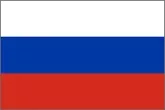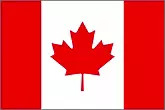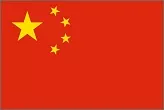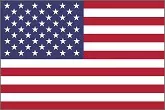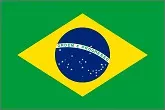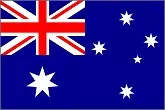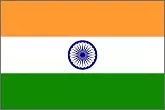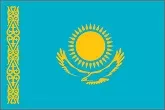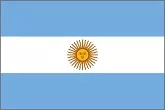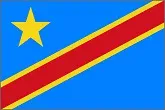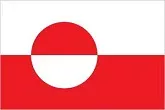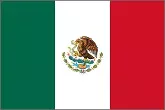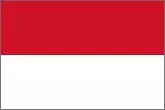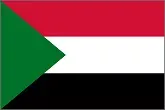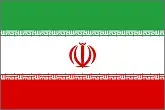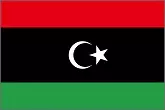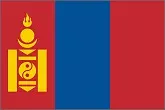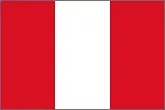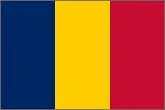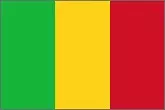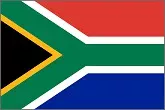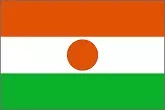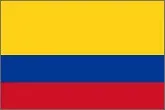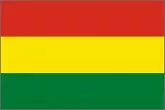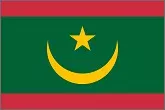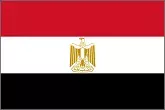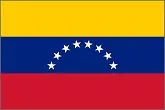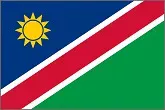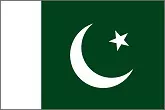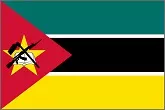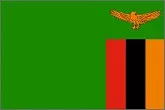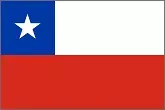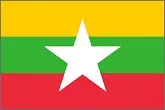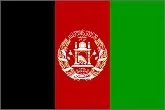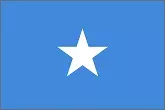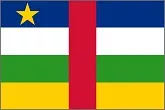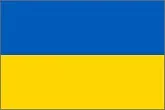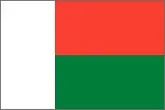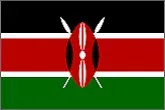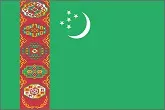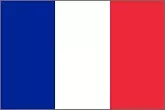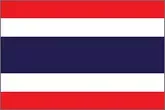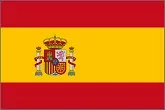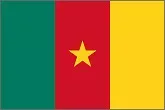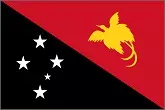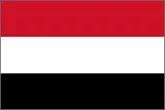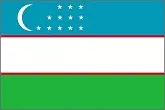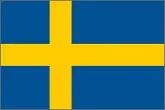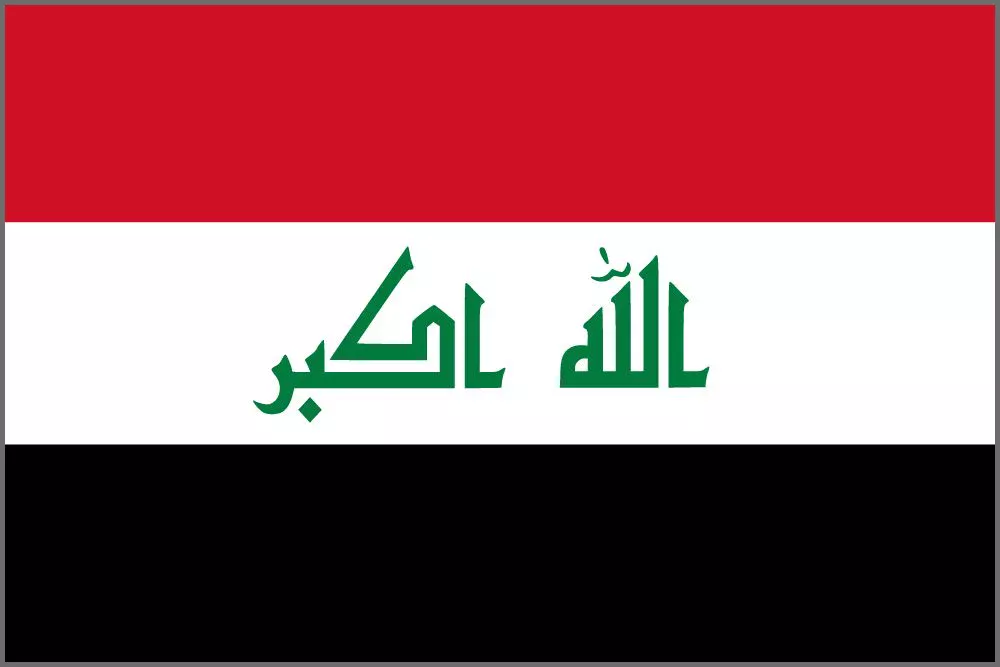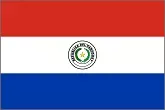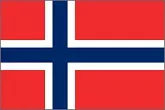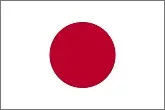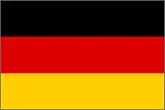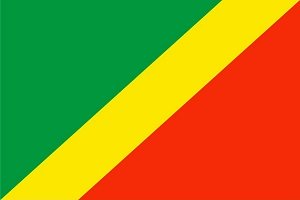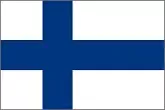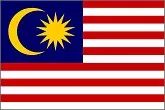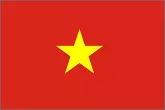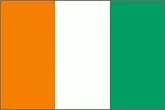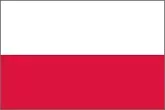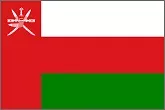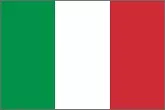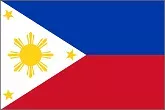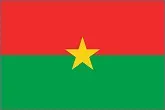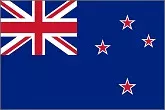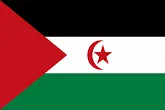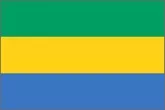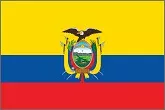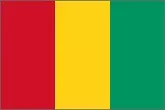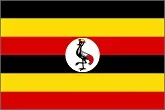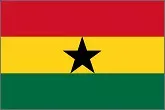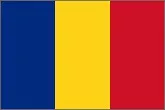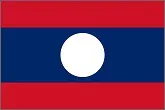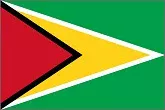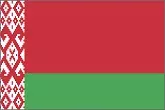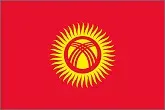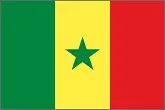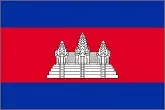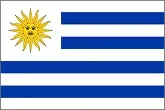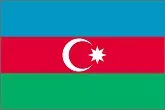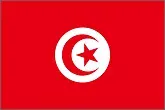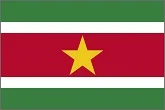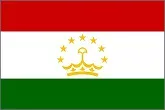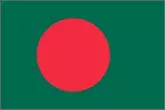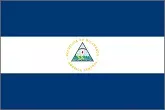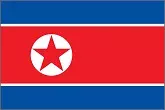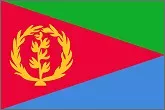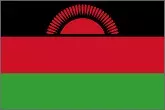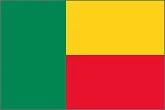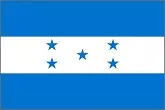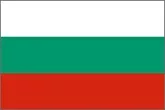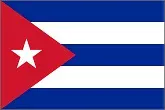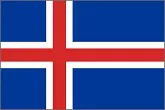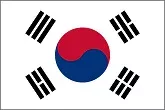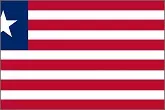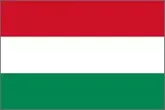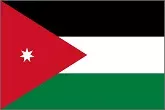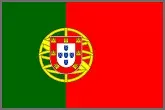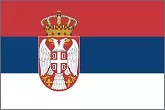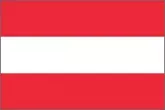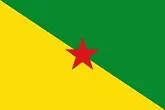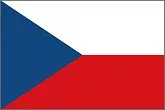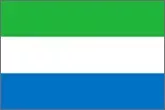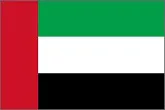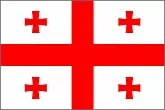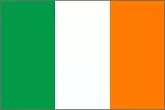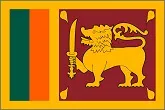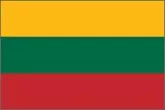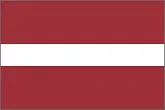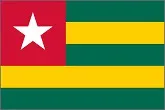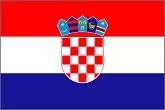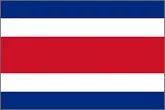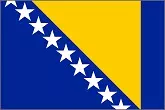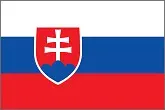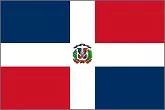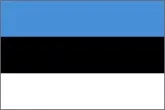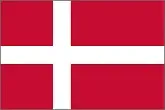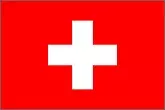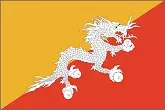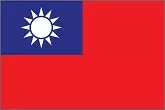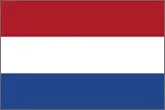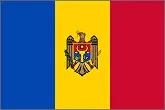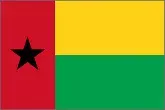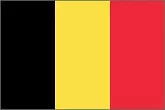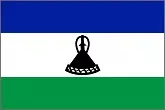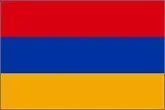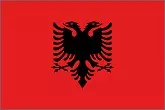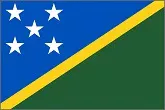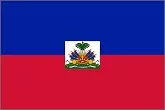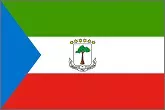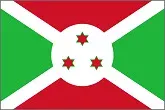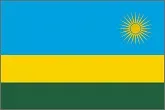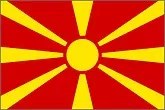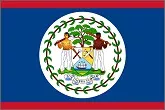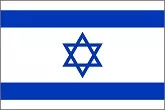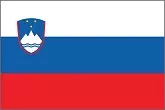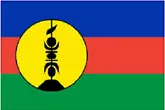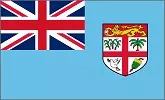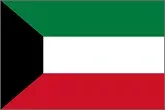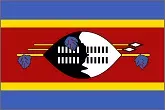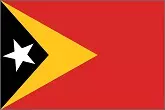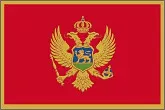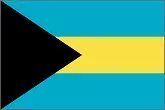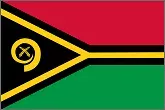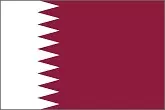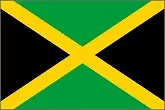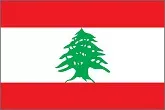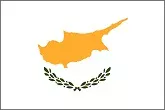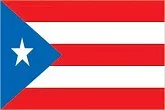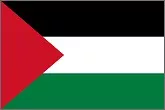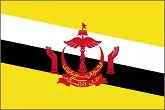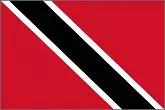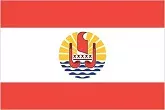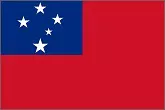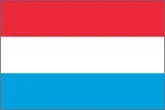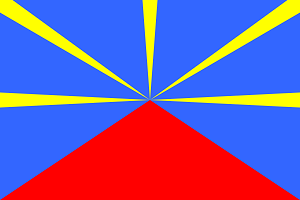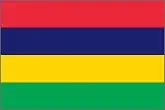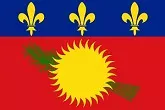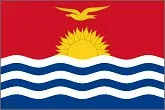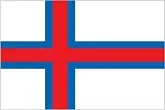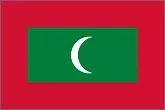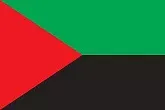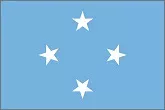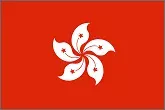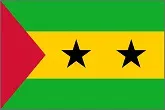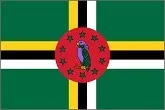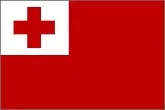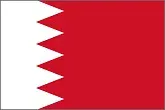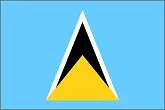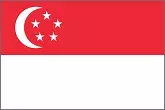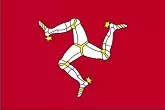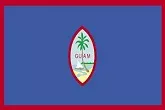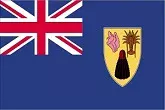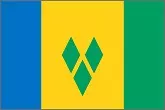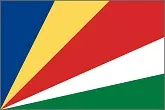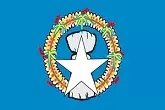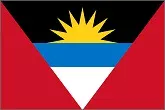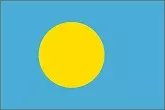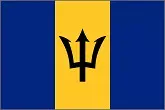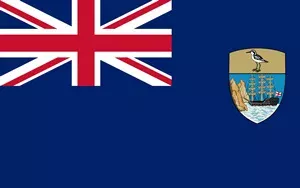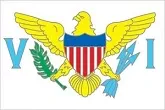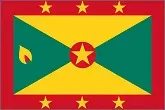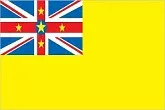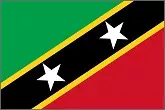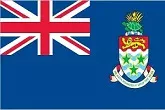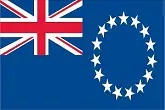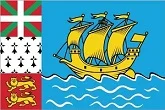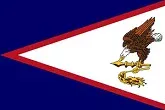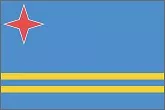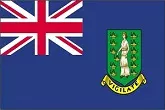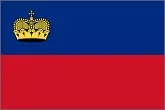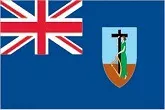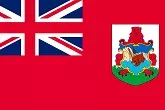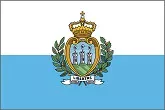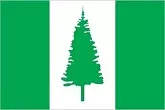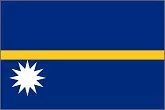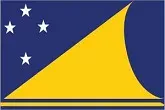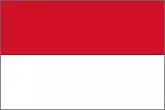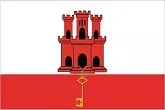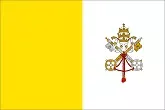Area by land cover. Data by country and region from 1992 to 2022.
List
Visualization
?
The FAOSTAT Land Cover domain contains statistics of land cover area, aggregated at national level and by land cover category following the international land cover classification of the United Nations System of Environmental-Economic Accounting Central Framework (UN SEEA 2012).
1 - Artificial surfaces (including urban and associated areas). Class 1 is composed of any type of areas with a predominant artificial surface. Any urban or related feature is included in this class, for example, urban parks (parks, parkland and laws). The class also includes industrial areas, and waste dump deposit and extraction sites.
2 - Herbaceous crops. Class 2 is composed of a main layer of cultivated herbaceous plants (graminoids or forbs). It includes herbaceous crops used for hay. All the non-perennial crops that do not last for more than two growing seasons and crops like sugar cane, where the upper part of the plant is regularly harvested while the root system can remain for more than one year in the field, are included in this class.
3 - Woody crops. Class 3 is composed of a main layer of permanent crops (trees or shrub crops) and includes all types of orchards and plantations (fruit trees, coffee and tea plantation, oil palms, rubber plantation, Christmas trees, etc.).
4 - Multiple or layered crops. Class 4 may include: a) two layers of different crops: a common case is the presence of one layer of woody crops (trees or shrubs) and another layer of herbaceous crop (e.g., typical coastal agriculture in Africa with herbaceous fields covered by palm trees). b) Class 4 may also include the presence of one important layer of natural vegetation (mainly trees) that covers one layer of cultivated crops (e.g. coffee plantations shadowed by natural trees in the equatorial area of Africa).
5 - Grassland. Class 5 includes any geographical area dominated by natural herbaceous plants (grasslands, prairies, steppes and savannahs) with a cover of 10 per cent or more, irrespective of different human and/or animal activities, such as grazing or selective fire management. Woody plants (trees and/or shrubs) can be present, assuming their cover is less than 10 per cent.
6 - Tree-covered areas. Class 6 includes any geographical area dominated by natural tree plants with a cover of 10 per cent or more. Other types of plants (shrubs and/or herbs) can be present, even with a density higher than that of trees. Areas planted with trees for afforestation purposes and forest plantations are included in this class. This class includes areas seasonally or permanently flooded with freshwater but excludes coastal mangroves (under class 7).
7 - Mangroves. Class 7 includes any geographical area dominated by woody vegetation (trees and/or shrubs) with a cover of 10 per cent or more that is permanently or regularly flooded by salt and/or brackish water located in the coastal areas or in the deltas of rivers.
8 - Shrub-covered areas. Class 8 includes any geographical area dominated by natural shrubs having a cover of 10 per cent or more. Trees can be present in scattered form if their cover is less than 10 per cent. Herbaceous plants can also be present at any density. The class includes shrub-covered areas permanently or regularly flooded by inland fresh water. It excludes shrubs flooded by salt or brackish water in coastal areas (under class 7).
9 - Shrubs and/or herbaceous vegetation, aquatic or regularly flooded. Class 9 includes any geographical area dominated by natural herbaceous vegetation (cover of 10 per cent or more) that is permanently or regularly flooded by fresh or brackish water (swamps, marsh areas, etc.). Flooding must persist for at least two months per year to be considered regular. Woody vegetation (trees and/or shrubs) can be present if their cover is less than 10 per cent.
10 - Sparsely natural vegetated areas. Class 10 includes any geographical areas were the cover of natural vegetation is between 2 per cent and 10 per cent. This includes permanently or regularly flooded areas.
11 - Terrestrial barren land. Class 11 includes any geographical area dominated by natural abiotic surfaces (bare soil, sand, rocks, etc.) where the natural vegetation is absent or nearly absent (i.e. cover is less than 2 per cent). The class includes areas regularly flooded by inland water (lake shores, river banks, salt flats, etc.). It excludes coastal areas affected by the tidal movement of saltwater (under class 14).
12 - Permanent snow and glaciers. Class 12 includes any geographical area covered by snow or glaciers persistently for 10 months or more.
13 - Inland water bodies. Class 13 includes any geographical area covered for most of the year by inland water bodies. In some cases, the water can be frozen for part of the year (less than 10 months).
14 - Coastal water bodies and intertidal areas. Class 14 is defined based on geographical features of the land in relation to the sea (coastal water bodies, i.e., lagoons and estuaries) and abiotic surfaces subject to water persistence (intertidal areas, i.e., coastal flats and coral reefs).
Total: 14,71 bil ha
Countries: 236
?
The FAOSTAT Land Cover domain contains statistics of land cover area, aggregated at national level and by land cover category following the international land cover classification of the United Nations System of Environmental-Economic Accounting Central Framework (UN SEEA 2012).
1 - Artificial surfaces (including urban and associated areas). Class 1 is composed of any type of areas with a predominant artificial surface. Any urban or related feature is included in this class, for example, urban parks (parks, parkland and laws). The class also includes industrial areas, and waste dump deposit and extraction sites.
2 - Herbaceous crops. Class 2 is composed of a main layer of cultivated herbaceous plants (graminoids or forbs). It includes herbaceous crops used for hay. All the non-perennial crops that do not last for more than two growing seasons and crops like sugar cane, where the upper part of the plant is regularly harvested while the root system can remain for more than one year in the field, are included in this class.
3 - Woody crops. Class 3 is composed of a main layer of permanent crops (trees or shrub crops) and includes all types of orchards and plantations (fruit trees, coffee and tea plantation, oil palms, rubber plantation, Christmas trees, etc.).
4 - Multiple or layered crops. Class 4 may include: a) two layers of different crops: a common case is the presence of one layer of woody crops (trees or shrubs) and another layer of herbaceous crop (e.g., typical coastal agriculture in Africa with herbaceous fields covered by palm trees). b) Class 4 may also include the presence of one important layer of natural vegetation (mainly trees) that covers one layer of cultivated crops (e.g. coffee plantations shadowed by natural trees in the equatorial area of Africa).
5 - Grassland. Class 5 includes any geographical area dominated by natural herbaceous plants (grasslands, prairies, steppes and savannahs) with a cover of 10 per cent or more, irrespective of different human and/or animal activities, such as grazing or selective fire management. Woody plants (trees and/or shrubs) can be present, assuming their cover is less than 10 per cent.
6 - Tree-covered areas. Class 6 includes any geographical area dominated by natural tree plants with a cover of 10 per cent or more. Other types of plants (shrubs and/or herbs) can be present, even with a density higher than that of trees. Areas planted with trees for afforestation purposes and forest plantations are included in this class. This class includes areas seasonally or permanently flooded with freshwater but excludes coastal mangroves (under class 7).
7 - Mangroves. Class 7 includes any geographical area dominated by woody vegetation (trees and/or shrubs) with a cover of 10 per cent or more that is permanently or regularly flooded by salt and/or brackish water located in the coastal areas or in the deltas of rivers.
8 - Shrub-covered areas. Class 8 includes any geographical area dominated by natural shrubs having a cover of 10 per cent or more. Trees can be present in scattered form if their cover is less than 10 per cent. Herbaceous plants can also be present at any density. The class includes shrub-covered areas permanently or regularly flooded by inland fresh water. It excludes shrubs flooded by salt or brackish water in coastal areas (under class 7).
9 - Shrubs and/or herbaceous vegetation, aquatic or regularly flooded. Class 9 includes any geographical area dominated by natural herbaceous vegetation (cover of 10 per cent or more) that is permanently or regularly flooded by fresh or brackish water (swamps, marsh areas, etc.). Flooding must persist for at least two months per year to be considered regular. Woody vegetation (trees and/or shrubs) can be present if their cover is less than 10 per cent.
10 - Sparsely natural vegetated areas. Class 10 includes any geographical areas were the cover of natural vegetation is between 2 per cent and 10 per cent. This includes permanently or regularly flooded areas.
11 - Terrestrial barren land. Class 11 includes any geographical area dominated by natural abiotic surfaces (bare soil, sand, rocks, etc.) where the natural vegetation is absent or nearly absent (i.e. cover is less than 2 per cent). The class includes areas regularly flooded by inland water (lake shores, river banks, salt flats, etc.). It excludes coastal areas affected by the tidal movement of saltwater (under class 14).
12 - Permanent snow and glaciers. Class 12 includes any geographical area covered by snow or glaciers persistently for 10 months or more.
13 - Inland water bodies. Class 13 includes any geographical area covered for most of the year by inland water bodies. In some cases, the water can be frozen for part of the year (less than 10 months).
14 - Coastal water bodies and intertidal areas. Class 14 is defined based on geographical features of the land in relation to the sea (coastal water bodies, i.e., lagoons and estuaries) and abiotic surfaces subject to water persistence (intertidal areas, i.e., coastal flats and coral reefs).
Basic data
Change
from
to
Share in total
Per 100,000 inhabitants
Convert to km2
Flag
ha
Antarctica
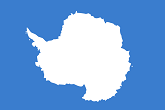
1 245 777 030
2
Falkland Islands
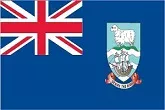
1 206 680
164
French Southern and Antarctic Lands
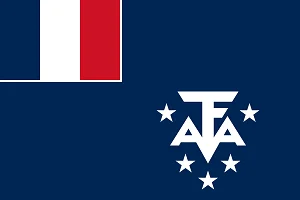
768 910
171
South Georgia and the South Sandwich Islands
386 760
177
Netherlands Antilles
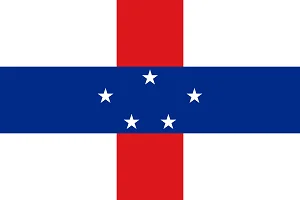
79 430
192
Heard Island and McDonald Islands
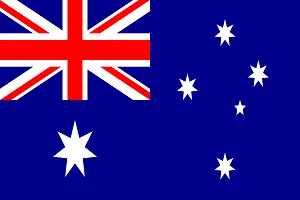
41 090
208
Mayotte

38 330
210
Channel Islands
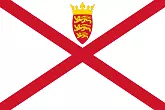
19 910
220
Pitcairn Islands
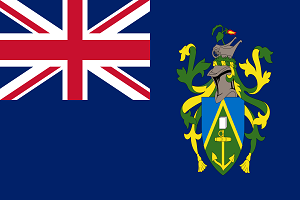
4 930
228
Column
Treemap
Map
Piechart



